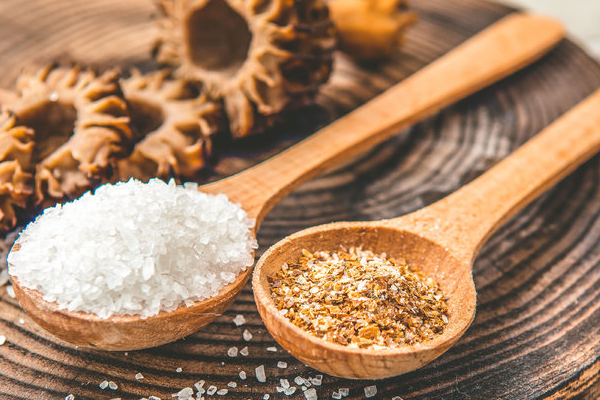Having high blood pressure, the first thing that comes to people’s minds is: “Eat less salt!” Aunt Wang is no exception. She often treats salt as a “poison” in her life, afraid that a slight shake of salt would pour too much. But strangely, no matter how much Aunt Wang pays attention, her blood pressure does not decrease at all.
“Strange, isn’t it said that reducing salt intake can control blood pressure? Why isn’t it effective?”
In fact, Aunt Wang’s doubt is not uncommon in life. You should know
First, excessive sodium content can lead to
When there is too much sodium in the body, it is easy to cause water retention, thereby increasing the internal pressure of blood vessels, placing an excessive burden on the heart and blood vessels. Over time, it is easy to trigger related heart and vascular diseases.
Second, excessive sodium content
Excessive intake of sodium content will make the gastric mucosa thinner, losing a certain protective capacity, leading to problems in the gastric wall under continuous stimulation of foods with different acidity levels, increasing the risk of stomach cancer.
Third, excessive sodium content also leads to
“Eat more, excrete more” has always been the characteristic of sodium ions. However, while excreting sodium ions, the body, in order to maintain the balance between various elements in the body, accelerates the loss of calcium elements. Long-term calcium deficiency can easily lead to osteoporosis and other issues.
In daily life, many foods may not taste salty, but their sodium content is still high, such as seasoning other than table salt,
In addition to these two types of seasonings, there are also
Furthermore, these foods that are frequently consumed in daily life may not seem salty, but their sodium content is quite high.
To help everyone better understand, a special table has been made, please take a look:
Feel free to save the table for future reference.
Determining the sodium content of foods is not something only experts can do. You can also use the following two “foolproof methods.”
Firstly,
Secondly, if you cannot remember whether a particular food is on the chart while shopping, you can check the nutrition facts on the packaging and look for the column labeled “Sodium Content.”


